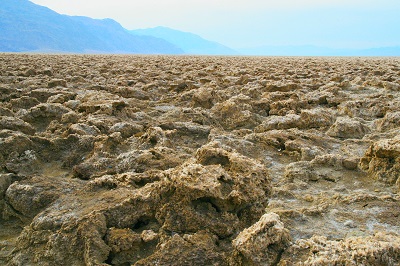
Google has made a long series of attempts with social networks, the most recent being Google+, which was supposed to become the next big thing in SEO according to the social media experts of the time. We predicted it would share the same fate as Second Life—judge for yourself who was right.
Do you remember Second Life? Then you might also not remember Google+ or have any idea what happened to it?
My take is that Google has traditionally been really bad at understanding people. Buzz, Wave, Google+, and so on are all examples of failed attempts to build community and take on Facebook—or MySpace, for that matter. None succeeded. Wait a minute, you might think, what about YouTube? Yes, YouTube must be described as a success, but Google didn’t start YouTube. They bought YouTube for $1.65 billion.
Google tried every trick in the book
One way Google tried to win ground from Facebook was by making their latest attempt, Google+, matter in search. They made it part of local search results, and what remains today lives on in Google My Business. Another tactic Google thought would help against competitors was forcing all employees to be active on Google+, even if it didn’t come naturally to most. For a short while, this got the SEO community to rush in, create accounts, and start following Matt Cutts. That buzz faded quickly, and Google+ became known as a discussion forum for Google engineers—the exact opposite of young and exciting.
Just like during the brief period when Google had access to Twitter’s “Fire Hose” and could publish Tweets in real-time search results, their approach was technical rather than social. At least to me, it seemed they believed fast technology alone would attract the masses. But after just a year, they ended their agreement with Twitter—no one cared to see 140-character blurbs just because they contained a search keyword.
It was impossible to beat Facebook
At that time, Facebook totally dominated the space left open when MySpace collapsed. New challengers like Twitter and Instagram also made it nearly impossible for Google to break into social media, and by 2019 they shut the project down completely. Parts were folded into Google My Business, which today lets you post updates or leave reviews. As with so many of Google’s other social experiments, nothing came of it. Sure, it has some impact on local SEO today through Google My Business, but Facebook had the head start and user understanding Google simply lacked.
Back in 2014, when I compared it to Second Life—a platform even Swedish government agencies once invested in—the idea was “hyped but deserted.” Here’s what my article looked like then:
2014: Is Google+ the new Second Life?

Google wants you to use Google+—they really do. If they can’t lure you in with candy, they’ll try to force you there. No wonder those of us working in SEO kept a close eye on the platform; they seemed willing to do anything to get us to use it.
At first glance, Google+ looked very much like Second Life—if you remember that 3D world where you could wander around and do whatever. But it wasn’t like Second Life’s heyday—it resembled its deserted years. When Swedes had invested in a virtual embassy that was so empty there weren’t even tumbleweeds rolling by. The only ones there were a few worn-out community managers trying to get attention.
A community made up only of community managers (or social media experts, or webmasters, etc.) talking to each other was hardly what Google wanted. So, they did everything possible to push other users into their network. They required a Google+ login to comment on YouTube (which was actually successful), gave you a profile picture in search results if you had an account, and tried plenty of other tricks to get you in.
What they didn’t do, though—even Google had to draw the line somewhere—was sabotage their flagship search engine. They were very clear that they did not use signals from Google+ in their ranking algorithm. What Google+ did provide, however, were real links visible to crawlers, which influenced rankings just like links from any other site.
Links remain the most important part of Google’s algorithm—something every serious SEO professional knows well. Don’t think it’s just a passing trend. Google has, of course, tested running search without link signals, and according to them, the results were much, much worse.
If you’re curious about what happened to Google+
If you’re still interested in what happened to Google+, you can find more information from Google here.
